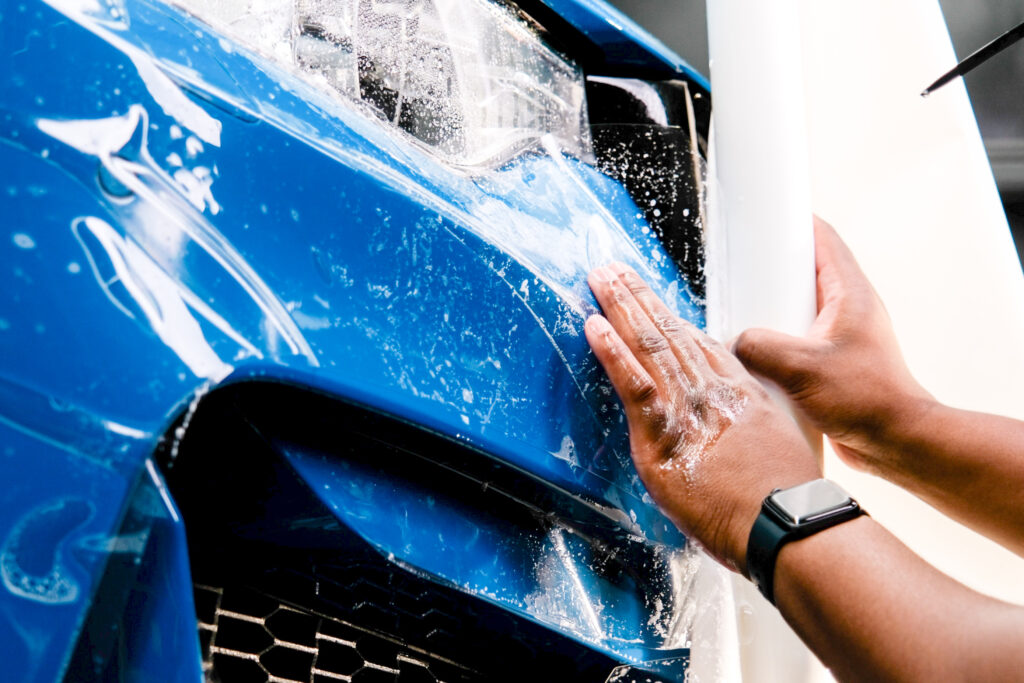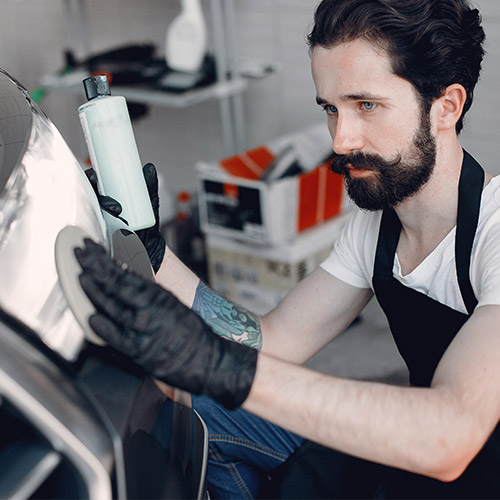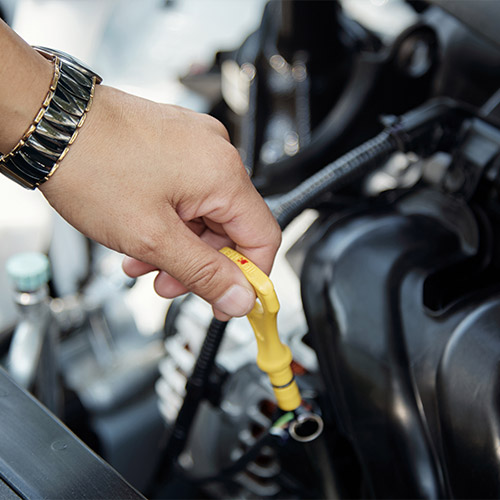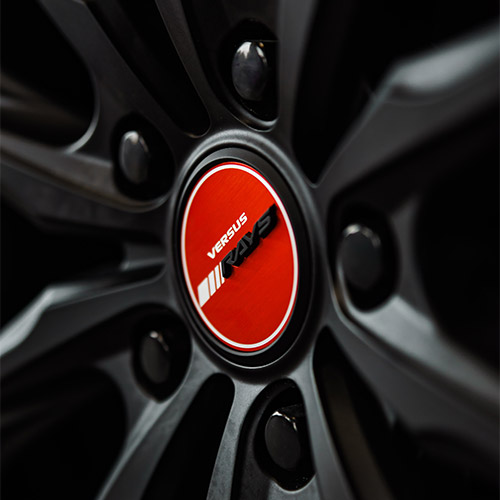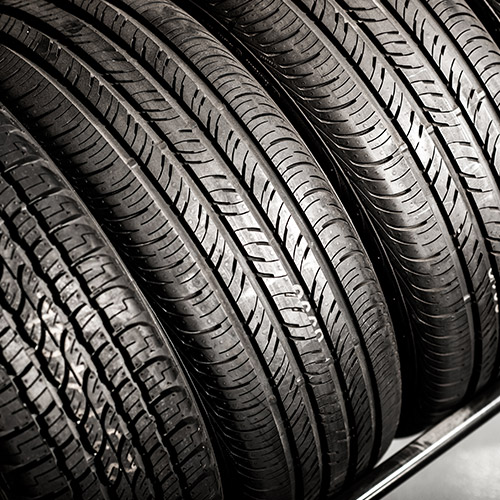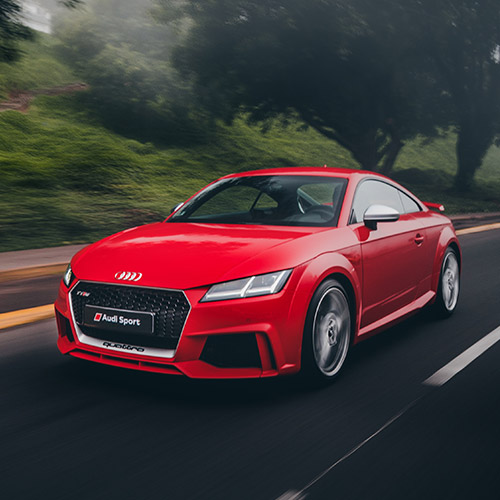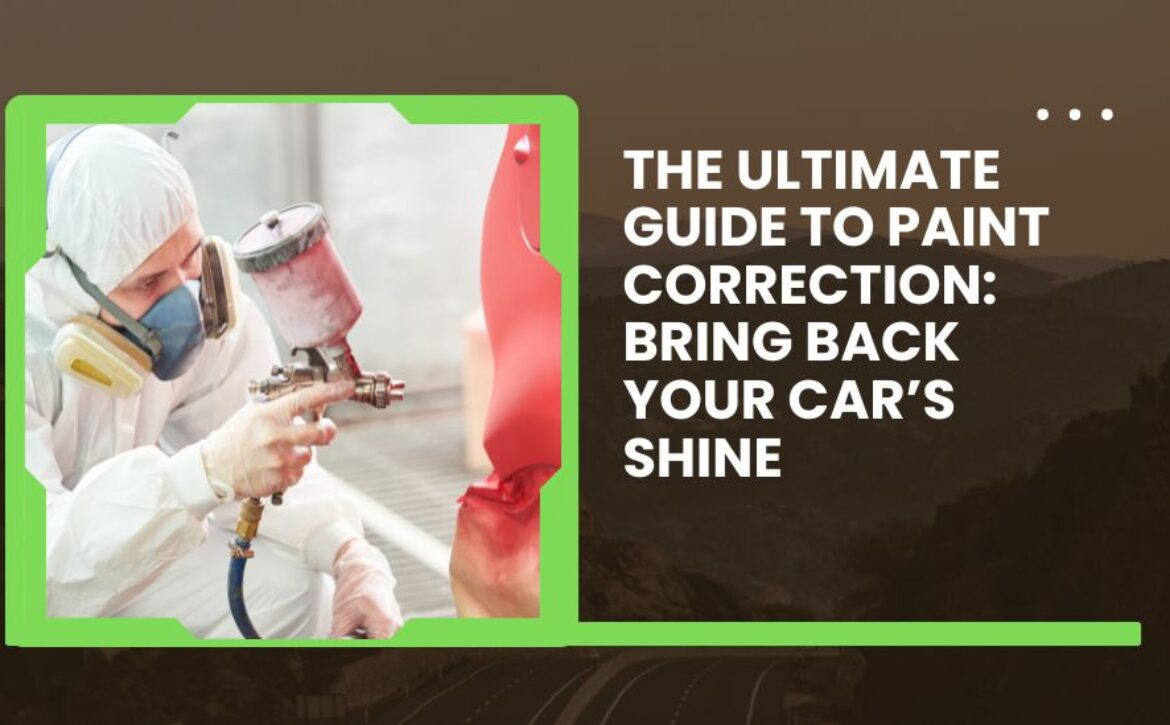The Complete Guide to Paint Protection Film: Benefits, Comparisons & Care
Introduction
Your vehicle’s paint is constantly exposed to road debris, UV rays, bird droppings, tree sap, and countless other environmental hazards. Over time, these threats take a toll, dulling the finish and diminishing your car’s appearance.
Paint Protection Film (PPF) is one of the most effective solutions to preserve your car’s exterior, keeping it looking like new while adding a durable layer of protection against physical damage and harsh elements.
In this guide, you’ll discover what PPF is, how it works, its major benefits, how it compares to ceramic coating, and how to care for it long-term.
What Is Paint Protection Film?
Paint Protection Film is a transparent urethane layer applied directly to your car’s painted surfaces. Originally developed for military use to protect helicopter blades, modern automotive PPF has become an essential upgrade for both luxury vehicles and daily drivers.
How It Works:
- Acts as a physical barrier against chips, scratches, and contaminants
- Self-healing properties allow minor scratches to disappear when exposed to heat
- Protects the paint underneath from long-term damage
Key Benefits of Paint Protection Film
1️⃣ Superior Defense Against Physical Damage
- Shields against stone chips, gravel, and small road debris
- Reduces the risk of swirl marks caused by improper washing techniques
2️⃣ Self-Healing Technology
- Fine scratches disappear when exposed to sunlight or warm water
- Keeps the surface smooth and glossy with minimal upkeep
3️⃣ UV and Chemical Resistance
- Protects against paint oxidation and fading caused by the sun
- Resists damage from bird droppings, insect splatter, tree sap, and harsh contaminants
4️⃣ Maintains Resale Value
- Preserves the factory paint’s original condition
- Increases vehicle appeal to future buyers by minimizing visible wear
5️⃣ Virtually Invisible Protection
- High-clarity films maintain your vehicle’s color and finish
- Available in both gloss and matte options for a custom look
Paint Protection Film vs Ceramic Coating
While both PPF and ceramic coatings offer excellent protection, they serve distinct purposes:
| Feature | Paint Protection Film (PPF) | Ceramic Coating |
| Type of Protection | Physical barrier (chips, scratches) | Chemical barrier (UV, contaminants) |
| Self-Healing | Yes (with heat) | No |
| Durability | Long-lasting (5–10 years) | Moderate to long (2–5 years) |
| Surface Finish | Gloss or matte | Deep gloss only |
| Hydrophobic Properties | Optional with top coat | Built-in hydrophobicity |
Pro Tip: Many vehicle owners combine both PPF and ceramic coating to achieve maximum protection and ease of maintenance.
Can PPF and Ceramic Coating Be Combined?
Yes! This combination delivers the best of both worlds:
- PPF protects against chips, scratches, and impact damage.
- Ceramic Coating adds superior hydrophobic properties, enhanced gloss, and makes cleaning even easier.
Applying ceramic coating over PPF further boosts its durability and keeps your car’s exterior looking freshly detailed.
How to Clean and Maintain Paint Protection Film
Proper care ensures your PPF performs and looks its best for years.
Recommended Cleaning Products:
- CarPro Elixir: pH-neutral quick detailer that’s safe for PPF
- Gyeon Q²M Cure: Maintains hydrophobic properties
- Chemical Guys Meticulous Matte: Ideal for matte PPF finishes
Cleaning Routine:
1️⃣ Rinse Thoroughly – Use a hose or pressure washer (low setting) to remove loose dirt.
2️⃣ Gentle Wash – Clean with a microfiber mitt and PPF-safe, pH-neutral shampoo.
3️⃣ Dry Properly – Use soft microfiber towels or blow drying tools.
4️⃣ Maintain Protection – Apply a PPF-safe sealant every few months to refresh the hydrophobic layer.
What to Avoid:
- Abrasive brushes or rough sponges
- Ammonia-based cleaners
- Automatic car washes with harsh bristles
Frequently Asked Questions
Q1: How long does Paint Protection Film last?
High-quality PPF can last 5 to 10 years, depending on maintenance, brand, and driving conditions.
Q2: Can PPF be removed?
Yes. Professionals can safely remove PPF without damaging your original paint.
Q3: Will PPF turn yellow over time?
Modern films from reputable brands are UV-resistant and designed to stay clear for years.
Q4: Is Paint Protection Film worth it?
Absolutely. Preventing damage now can save you from costly paint repairs and help retain your car’s value.
Final Thoughts
Paint Protection Film offers one of the most advanced, long-term solutions for preserving your vehicle’s appearance. With self-healing technology, outstanding durability, and superior resistance to chips and scratches, PPF goes far beyond traditional waxes or sealants.
By combining PPF with regular care—and optionally, ceramic coating—you can ensure your vehicle remains protected, stunning, and easier to maintain for years to come.


